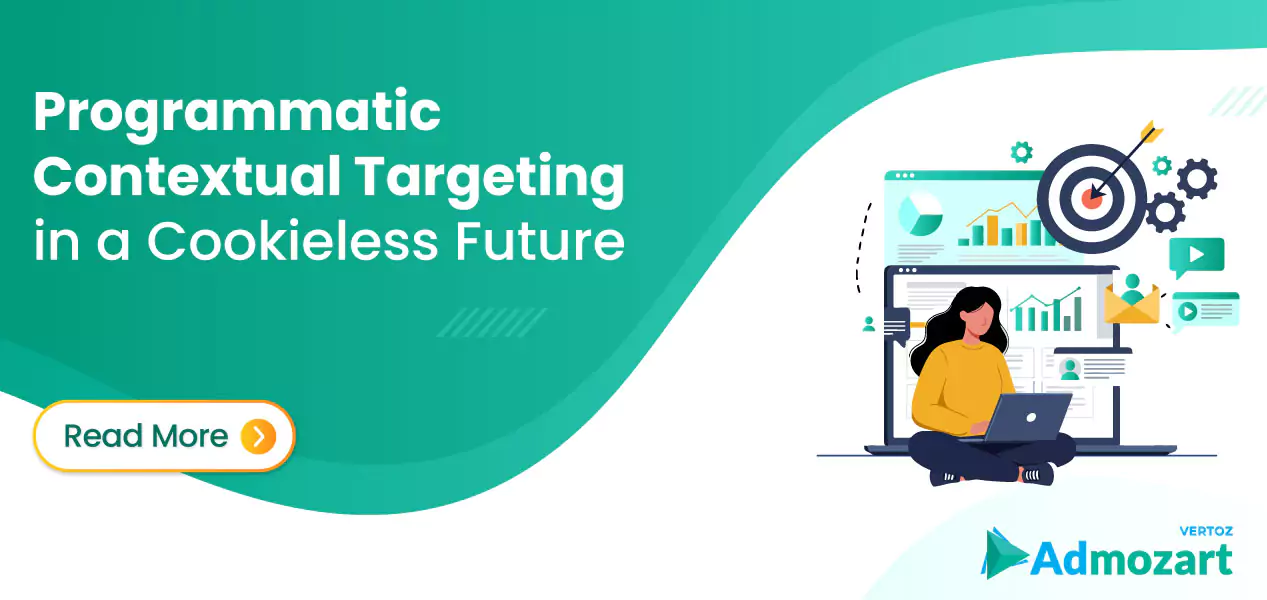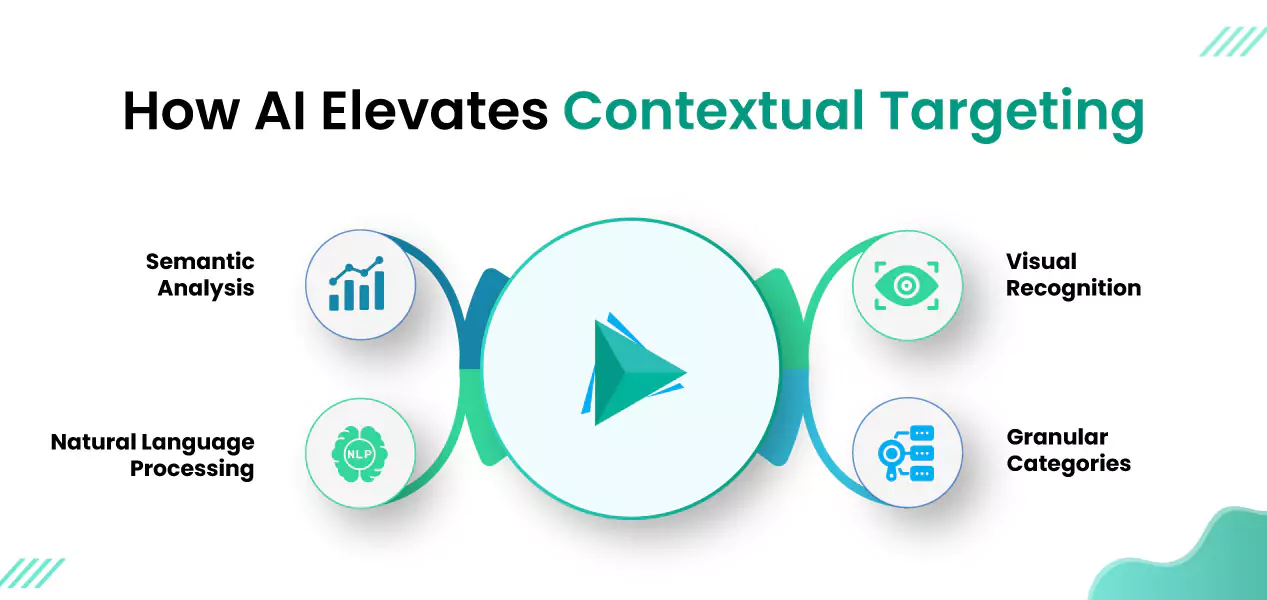
Advertising on the internet relied on cookies from third parties for many years. They kept track of people’s online habits, put together profiles, and used behavioral targeting on a large scale. But cookie deprecation is now in full force, and new data privacy regulations like GDPR and CCPA are changing the standards, so the industry has had to start over. There is a simple fact for advertisers: precision targeting needs to change without using personal identifiers.
That’s where programmatic contextual targeting comes in. Once seen as a basic fallback, contextual is experiencing a serious comeback—this time rebuilt with AI and advanced analytics. Instead of targeting who the user is, it focuses on where they are and what content they’re engaging with at that very moment.
Why Contextual Targeting is Back in Focus
Contextual targeting is inherently privacy-compliant. Unlike behavioral targeting, which depends on personal browsing histories, contextual looks at the environment itself. Imagine a blender ad placed on a smoothie recipe blog or a marathon shoe ad running next to an article about sports nutrition. No identifiers, no tracking—just smart placement.
This approach is gaining ground because it offers
- Privacy-first marketing: Built to align with data privacy laws.
- Scalable targeting: Works across the open web, without requiring login data.
- Brand safety: Ads appear in relevant, suitable environments.
It’s a simple principle with powerful implications: relevance doesn’t always need personal data. Sometimes, the page context is all you need.
How AI Makes It Smarter
Traditional contextual targeting had its limits. It was mostly keyword-based targeting—if a page contained the word “car,” it might get flagged for auto ads. The result? Missteps like car ads running alongside negative news about accidents.
AI in advertising has made modern contextual targeting a lot smarter. Natural Language Processing (NLP) and semantic analysis tools don’t just read the words on a page; they also figure out what they mean, how they feel, and what tone they have. AI can detect the difference between the fruit “Apple” and the tech corporation “Apple.” It can also tell if an article’s tone is good, negative, or neutral.
Even more, image and video recognition allow ads to be matched to visuals rather than just text. A sunscreen ad can appear alongside a beach video even if the word “sun” never appears in the script.
How Contextual Complements First-Party Data
A strong first-party data strategy is essential in the cookieless future. But it won’t always cover everything—especially with new or anonymous users. That’s where contextual targeting fills the gap.
In situations where first-party data is unavailable, contextual targeting is useful. Contextual tools make sure your ads stay relevant when a new visitor arrives at a website and you don’t yet know anything about them. This is because they match the content of the page they are currently viewing. By serving as an introduction point, it also aids in the larger customer journey by guiding users to find your brand in a setting that already piques their interest. Future interactions can then be recorded as first-party data, laying the groundwork for eventually more individualized targeting.
The most astute marketers will combine contextual and first-party advertising rather than choosing one over the other. A more sustainable advertising model is produced by combining personalized targeting with environmental relevance.
AdMozart’s Approach to Contextual Targeting
At AdMozart, we view contextual targeting as more than just a backup—it’s a cornerstone of privacy-compliant targeting in the cookieless world. Our platform uses:
- AI-driven contextual tools that read and analyze content with nuance.
- Dynamic Creative Optimization (DCO) to match creatives with the right environments.
- Privacy-first frameworks to ensure compliance with GDPR, CCPA, and future regulations.
This means advertisers don’t have to compromise. They can achieve higher engagement, safeguard brand reputation, and build campaigns that thrive without cookies.
Conclusion
The end of third-party cookies isn’t a setback; it’s an invitation to rethink how advertising works. Programmatic contextual targeting has returned, stronger and smarter, thanks to AI and semantic intelligence. It offers a way to keep ads relevant, privacy-compliant, and scalable, even in a cookieless world.
By combining contextual targeting with a solid first-party data strategy, advertisers can prepare for a future where privacy and performance go hand in hand. With Admozart, brands don’t just adapt to cookie deprecation; they stay ahead with a strategy rooted in trust, intelligence, and lasting impact.
Comments are closed